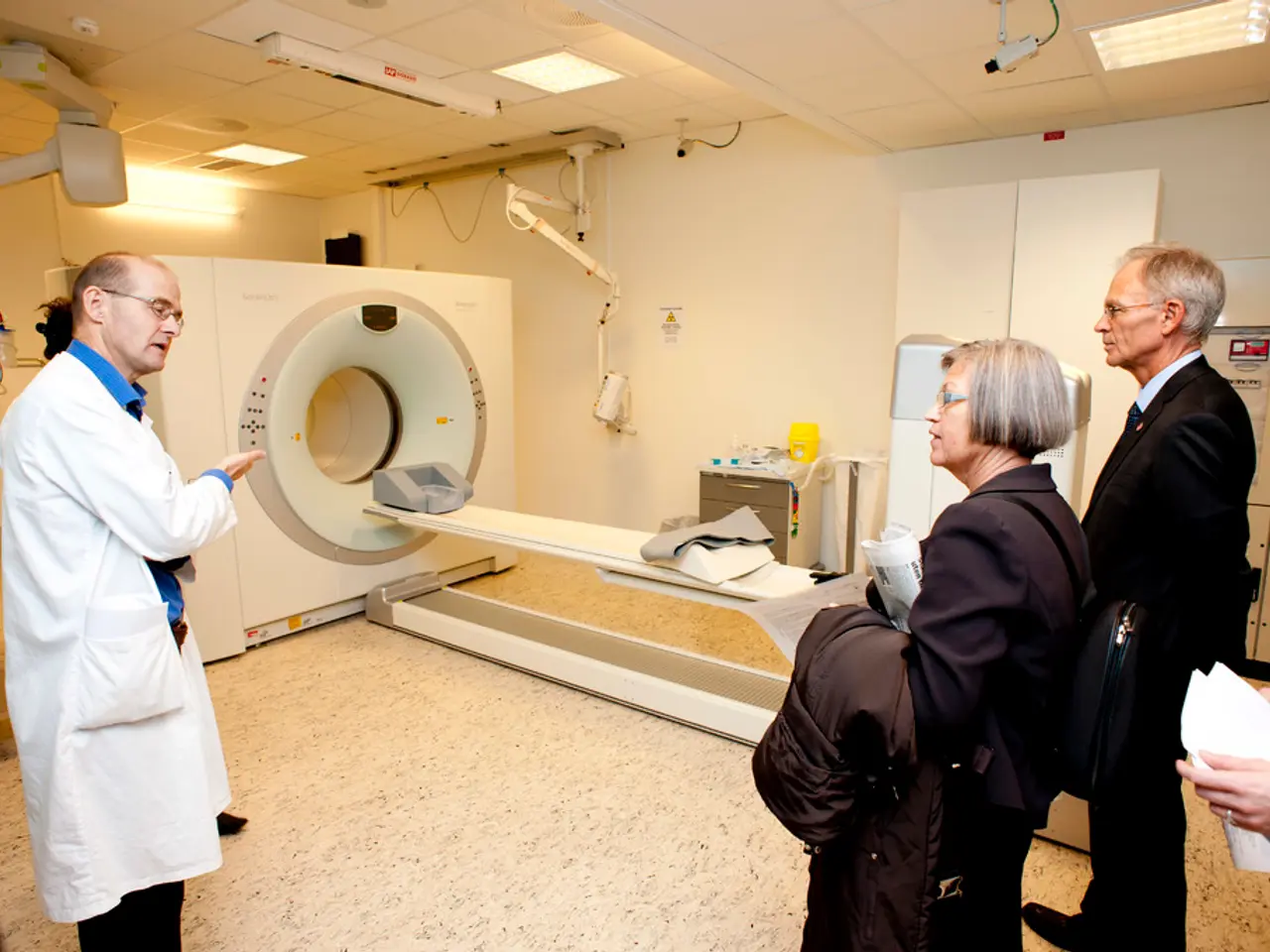Embracing Music and Artwork to Bolster Mental Wellbeing: A Novel Approach for Healing
In the quest for effective stress management and emotional well-being, creative coping techniques have emerged as a powerful ally. These innovative strategies, rooted in psychological theories and backed by scientific research, offer a myriad of benefits that extend beyond immediate stress reduction.
A wealth of studies [1][2][3][5] has demonstrated that creative coping techniques significantly reduce perceived stress and anxiety, improve adaptive emotion regulation, and promote positive mood states. For instance, a 7-week program targeting stress management, which incorporated adaptive emotion regulation techniques, resulted in a statistically significant decrease in stress among participants compared to control groups[1].
Creative coping enhances our ability to manage emotional responses to stressors by promoting strategies like cognitive reappraisal and distraction, while reducing maladaptive ones like rumination[1]. Engaging in creative activities that promote a state of flow, such as painting or playing a musical instrument, has been found to reduce anxiety and improve overall mood, with physiological benefits like improved heart rate and blood pressure[3].
Creative expression provides a healthy outlet for emotions, which reduces stress and anxiety, promotes relaxation, and supports self-regulation of emotions. This facilitates trauma recovery and mental health maintenance[5]. Moreover, creative coping contributes to resilience, growth mindset, prosocial behavior, and positive emotions, enhancing overall well-being and helping individuals adapt more effectively to stress[2].
The benefits of creative coping extend beyond emotional health, with positive impacts on physical well-being as well. For example, increased integrity of white matter in the brain, stimulated by creativity, indicates better connectivity and faster communication between brain areas[4].
Creative coping has been gaining popularity in mental health therapies since the 1940s, with organisations like the American Art Therapy Association (AATA) and the National Coalition of Creative Arts Therapies supporting its development. Guided creative activities, such as colouring a mandala book or joining art workshops, can provide a low-pressure outlet for creativity.
Simple, everyday activities like humming or singing a tune, dancing, or writing down lyrics can also help release tension and bring joy. Doodling can be a therapeutic outlet that helps clear the mind and process emotions. Listening to music, especially soothing instrumental music or lo-fi, ambient, or classical music, can help calm the mind and reduce stress.
Using creativity and mindfulness practices together can help focus on the present moment and decrease self-perceived negative arousal. Creative activities stimulate the brain's reward system by releasing dopamine, reducing stress and improving mental well-being. Creating visual art, such as painting, drawing, sculpting, or mandala drawing, can serve as a stress relief technique.
The Personal Resilience Science Labs offer resources, such as courses, certifications, podcasts, videos, and other tools, on creative coping. By embracing the power of creativity, we can unlock a world of benefits for our emotional and physical well-being.
- Incorporating creative coping techniques, such as art therapy, mindfulness practices, and simple activities like humming or doodling, can significantly contribute to the reduction of perceived stress and anxiety, thereby promoting positive mood states and mental health.
- Creative coping strategies, like adopting a growth mindset, engaging in resilience-building activities, and practicing prosocial behavior, have been proven to boost emotional resilience and overall well-being, enabling individuals to cope more effectively with stressors in their lives.
- Engaging in creative activities like painting, playing a musical instrument, or coloring mandalas, which promote a state of flow, can offer physiological benefits, such as improved heart rate and blood pressure, in addition to enhancing mental health.
- The practice of creative coping, supported by organizations like the American Art Therapy Association, has been shown to support trauma recovery, self-regulation of emotions, and improved adaptive emotion regulation, all of which play crucial roles in maintaining mental health.




